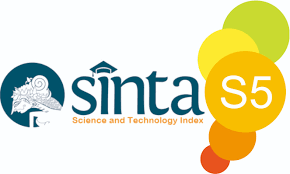Mapping Research Trends in Oil Supply Chain Optimization: A Bibliometric Analysis
Abstract
The oil industry operates in an increasingly competitive environment, making efficiency
improvements across operational processes essential particularly in transportation logistics. The oil
supply chain is typically divided into three stages: upstream logistics, which ensures extraction
facilities have the necessary materials and equipment; midstream logistics, involving
transportation, storage, and processing; and downstream logistics, which delivers refined products
to customers. A preliminary bibliometric review using the Publish or Perish software and Scopus
database highlights the limited attention given to oil supply chain optimization, with only 78
relevant publications from 2014 to the present, most of which are concentrated in mining science
and engineering rather than logistics-focused studies. To bridge this gap, this study applies the
PRISMA (Preferred Reporting Items for Systematic Reviews and Meta-Analyses) framework,
integrating quantitative and qualitative approaches, combined with VOSviewer software for mapping and visualization of research trends. Results reveal that the keywords “optimization” and
“production” have a relatively weak connection with the oil and gas supply chain literature,
suggesting underdeveloped research linkages. Additionally, mathematical-based optimization
methods dominate the existing body of work, while alternative approaches remain underexplored.
This imbalance indicates the need for broader investigations that not only focus on individual
streams of the oil supply chain but also incorporate diverse optimization techniques beyond
mathematical modeling. By doing so, future research can generate more comprehensive insights,
support the design of more resilient and efficient supply chains, and provide practical contributions
to an industry that continues to face pressures of competition, energy transition, and global market
volatility.



